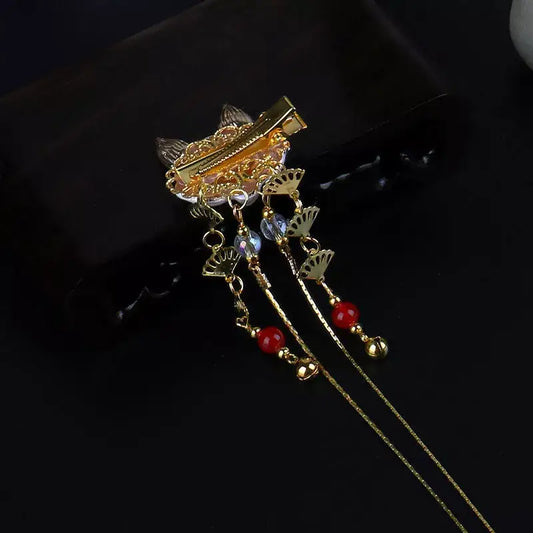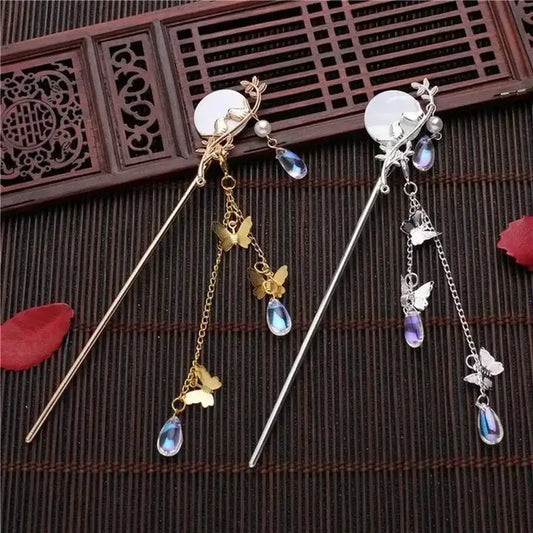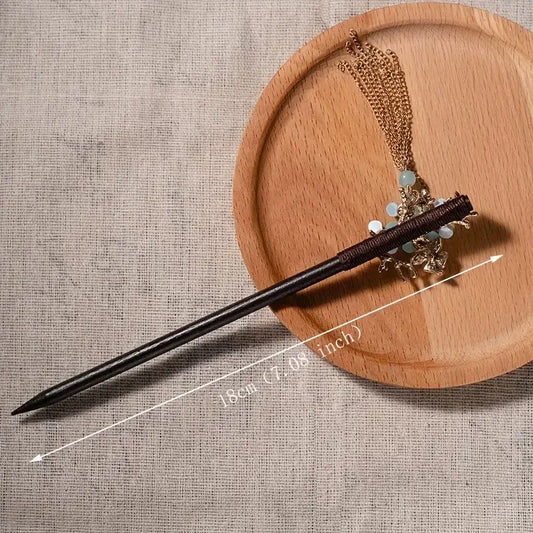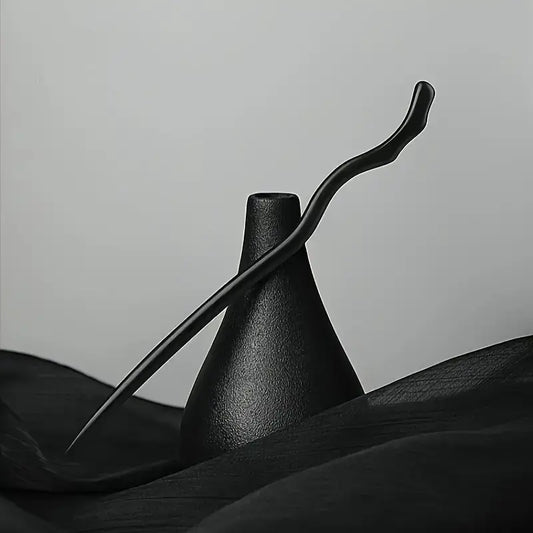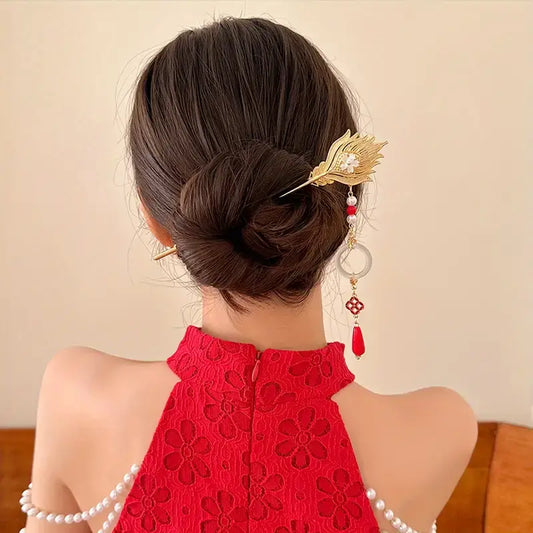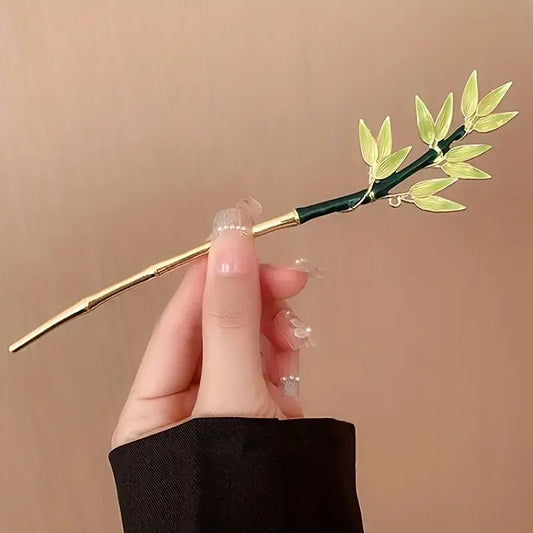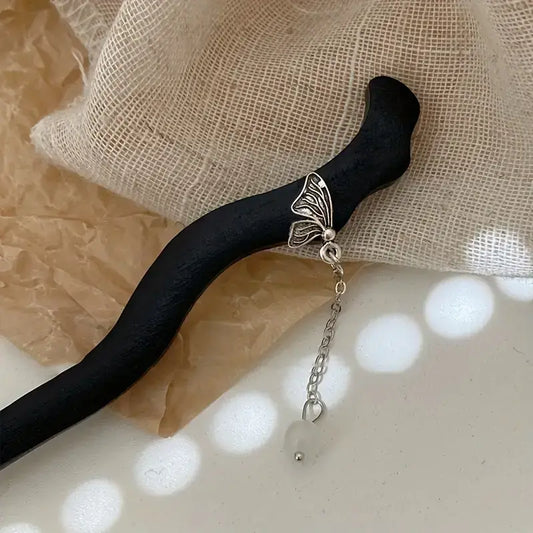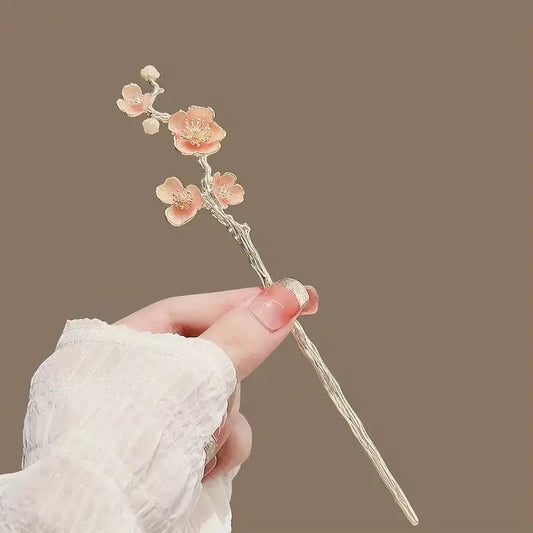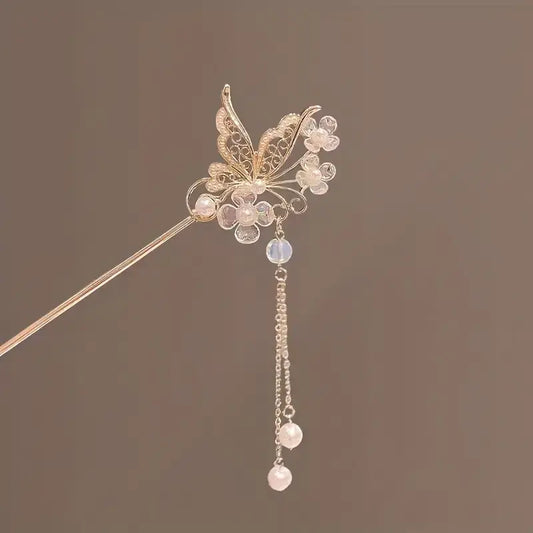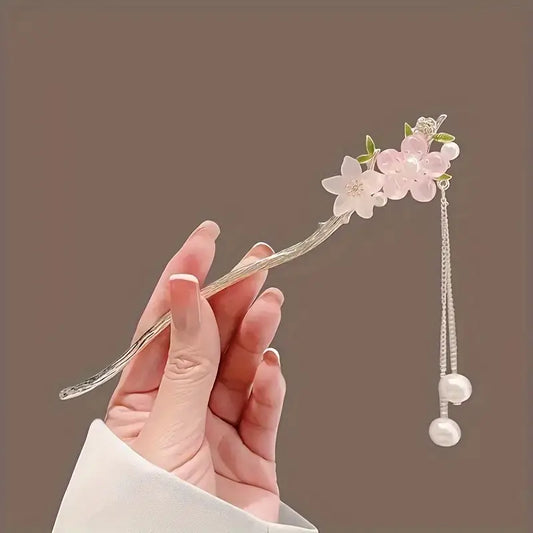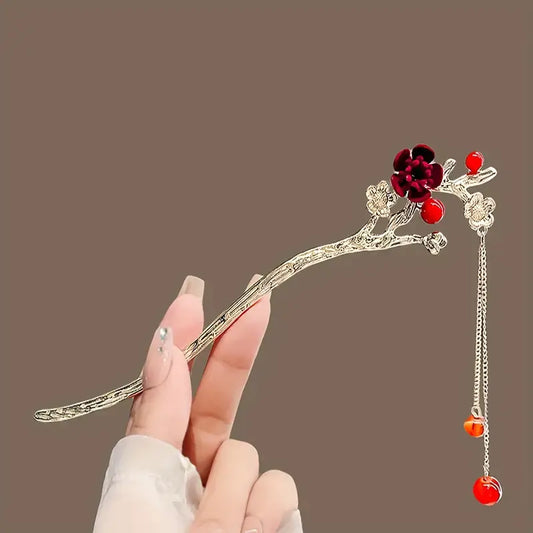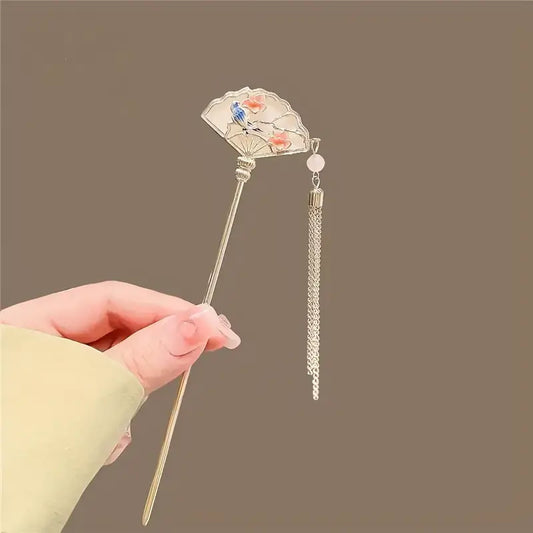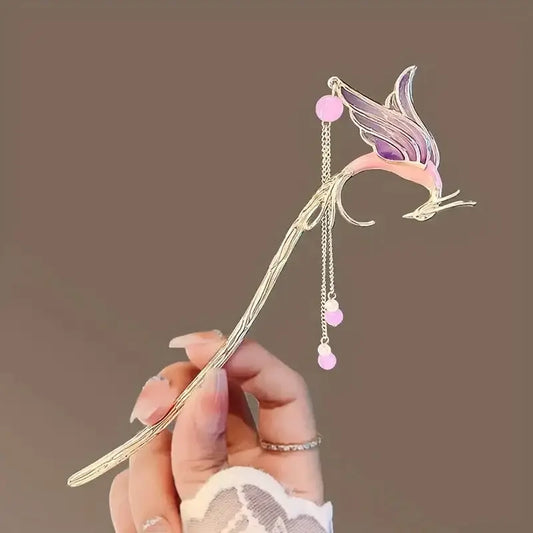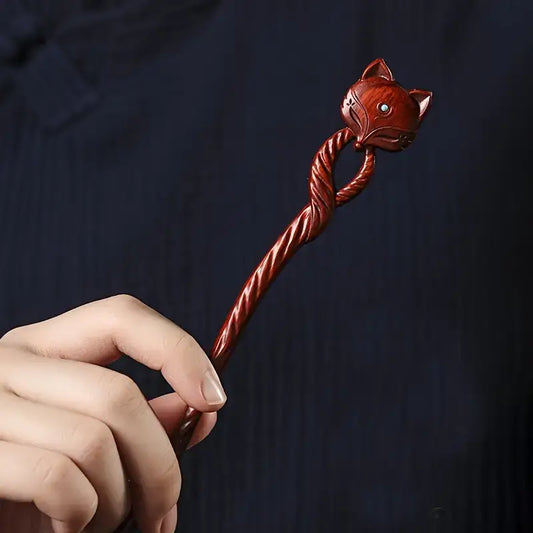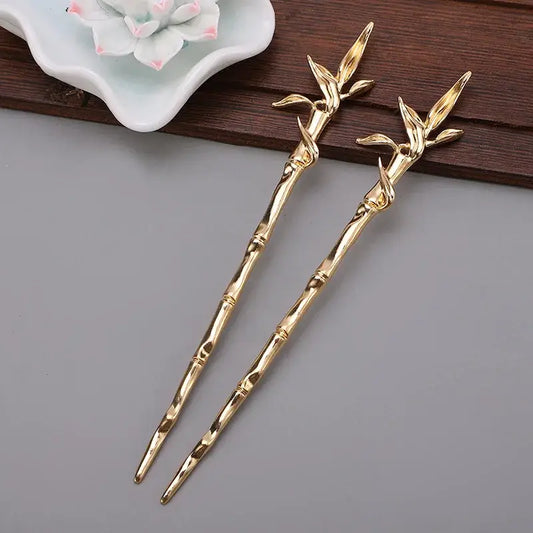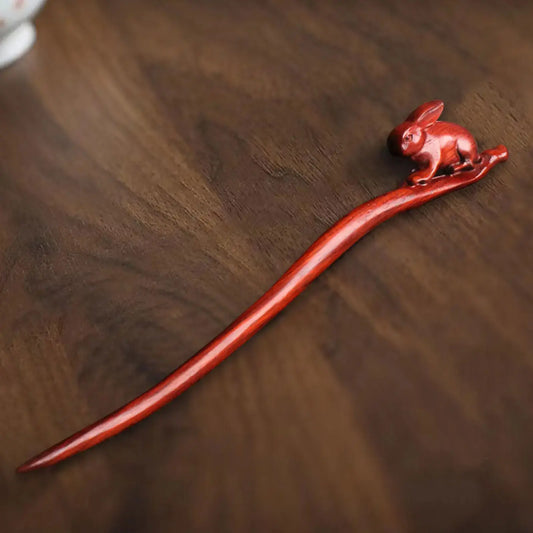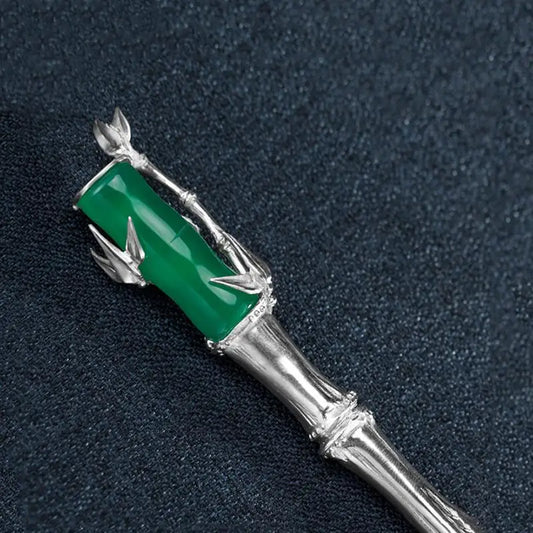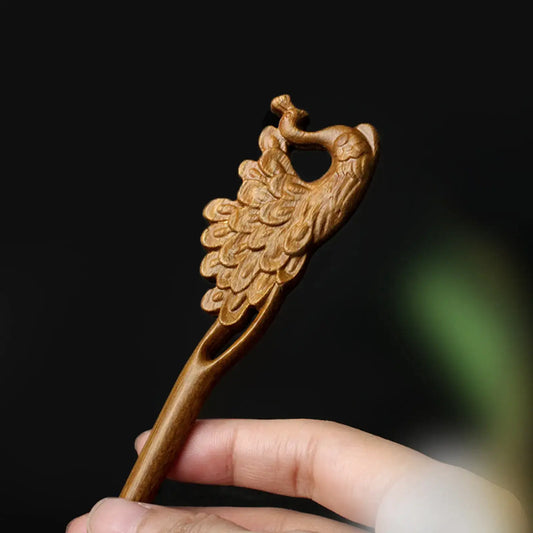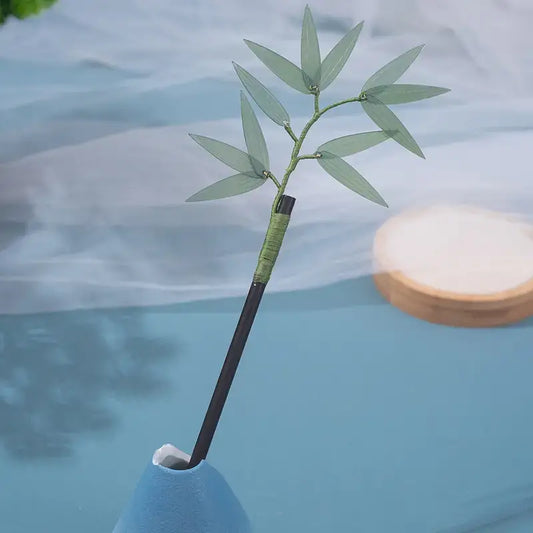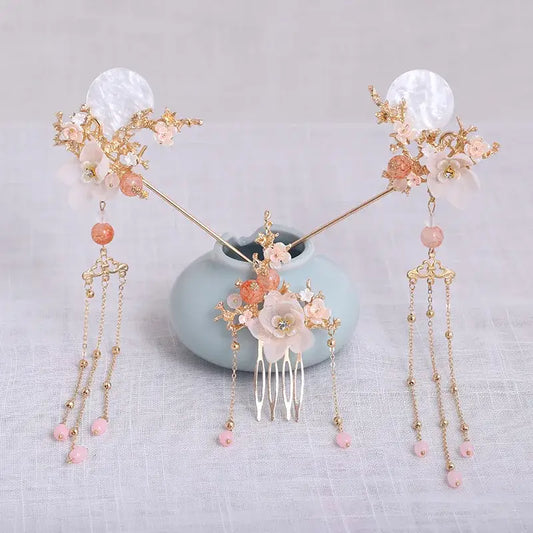Adorned in Elegance: The World of Kanzashi
Step into a world where history meets delicate beauty with Kanzashi (網鉛筆) — traditional Japanese hair ornaments that transform everyday hairstyles into works of art. Worn by geisha, brides, and fashion-forward individuals, Kanzashi are more than accessories; they are cultural emblems, symbolic expressions, and cherished heirlooms. 🌸
Ranging from simple wooden pins to elaborate arrangements of flowers, tortoiseshell, silk, and metal, Kanzashi reflect the refinement and seasonal sensitivity central to Japanese aesthetics. Whether tucked into a bun, used to secure a topknot, or layered into a dramatic coiffure, Kanzashi bring harmony and storytelling to your look.
Our Kanzashi collection features both traditional handcrafted pieces and contemporary interpretations suited for weddings, festivals, or modern minimalism. Adorn your hair with meaning, tradition, and unmatched grace. ✨
A Crown of Culture: History and Meaning Behind Kanzashi
Kanzashi have adorned Japanese hairstyles since the Jōmon period, but their prominence flourished during the Edo period (1603–1868). Initially worn as talismans to ward off evil spirits, they evolved into fashion statements, social indicators, and ceremonial essentials.
During the height of the geisha and courtesan eras, Kanzashi became highly ornate and were crafted to reflect seasonal changes, professions, or status. Designs were often subtle communicators: a plum blossom Kanzashi signaled winter; a butterfly, early spring.
| Kanzashi Type | Materials & Meaning |
|---|---|
| Tama Kanzashi | Rounded stick with beads; elegance, versatility |
| Bira-bira Kanzashi | Dangling metal strips; movement, light reflection |
| Hana Kanzashi | Floral silk; seasonal awareness, worn by maiko |
| Kushi Kanzashi | Decorative comb; protection and adornment |
| Kazari Kanzashi | Ornate for weddings or formal occasions |
Each kanzashi is more than a hairpin — it's a symbol of identity, intention, and occasion.
Why Kanzashi Remains a Timeless Beauty Statement
In a world of fast fashion and fleeting trends, Kanzashi holds its place through craftsmanship, symbolism, and quiet glamour. Here's why these accessories continue to captivate:
-
Cultural Depth: Kanzashi tie directly to Japanese history, folklore, and seasonal awareness. Wearing one is like wearing a poem.
-
Artisanal Value: Many pieces are handmade using time-honored techniques in silk folding, metalwork, and wood carving.
-
Natural Beauty: Kanzashi often feature flowers, butterflies, birds, and natural forms, echoing Japan’s reverence for nature.
-
Versatile Styling: Wear one as a subtle accent or multiple for dramatic, layered elegance.
-
Spiritual Symbolism: Certain shapes and materials are believed to offer protection and fortune.
Kanzashi aren’t just for weddings or tea ceremonies anymore — they are timeless accents that elevate everyday grace.
Styling Kanzashi: From Tradition to Contemporary Chic
Kanzashi styling is limited only by your imagination. Whether you wear your hair up or down, for formal or casual occasions, here are ways to adorn with purpose:
-
Classic Bun: Slide a single tama or bira-bira kanzashi horizontally through a low or high bun.
-
Modern Topknot: Accent a messy bun with a hana kanzashi or cluster of mini pins.
-
Side Part or Updo: Nestle a curved kushi or floral kanzashi just above the ear for asymmetrical elegance.
-
Bridal Styling: Use layered kazari kanzashi with pearls or gold detailing for a regal wedding look.
-
Festival Flair: Combine brightly colored kanzashi with yukata or kimono during summer matsuri.
| Occasion | Recommended Kanzashi | Pairing Tip |
| Traditional Ceremony | Hana or Kushi Kanzashi | Match with kimono color and obi sash |
| Everyday Elegance | Minimalist Tama Kanzashi | Pair with neutral outfits or linen pieces |
| Wedding or Formal | Kazari Kanzashi with pearls | Coordinate with jewelry and hair type |
| Summer Festival | Silk Flower Kanzashi | Add uchiwa fan and matching obi |
| Boho or Fusion Look | Handmade Wood or Metal Stick | Style with flowy skirts or hair wraps |
Every kanzashi speaks through subtle symbolism and silhouette.
Pairing Kanzashi with Accessories and Meaning
To truly elevate your Kanzashi look, build harmony with supporting accessories and themes:
-
Kimono or Yukata: Coordinate colors and patterns for traditional unity.
-
Haori Jackets: Create contrast and structure to frame your hairstyle.
-
Earrings & Necklaces: Choose delicate pieces that don’t overpower the kanzashi.
-
Obi Belts & Sashes: Use similar floral or seasonal motifs to reinforce the narrative.
-
Makeup and Hair Texture: Match natural textures with soft waves or use sleek buns for metal pieces.
| Accessory Element | Why It Complements Kanzashi |
| Obi with Floral Motif | Reinforces seasonal storytelling |
| Tabi Socks and Zori | Ground the look in full traditional attire |
| Uchiwa or Sensu Fan | Summer accessory that echoes movement |
| Small Drawstring Bag | Practical and color-coordinated |
| Natural Hair Ornament | Woven textures complement handcrafted pieces |
From head to toe, every detail can echo the elegance of your Kanzashi.
Carrying Tradition Forward: The Living Art of Kanzashi
Wearing a kanzashi is more than adorning your hair — it's carrying centuries of tradition, artistry, and feminine power. It connects the past to the present, offering a piece of quiet beauty in a fast-paced world.
Whether you wear it with a kimono or a contemporary ensemble, a kanzashi whispers grace into your everyday. It's a reminder that beauty can be meaningful, that history can be wearable, and that small touches often make the biggest impression.
Explore our Kanzashi collection to find the design that speaks to your spirit. With options ranging from antique-inspired floral pins to modern minimalist sticks, there’s a kanzashi for every story, every season, and every strand.
Adorn with tradition. Shine with intention. Let every hairpin tell a tale.


